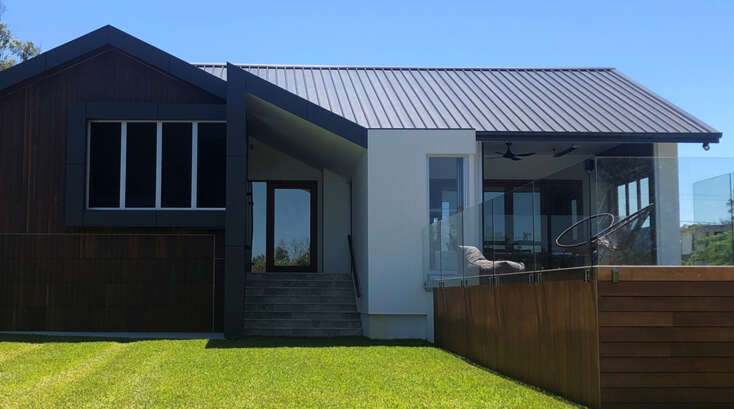Roof ventilation is one of those building necessities that often gets forgotten about when building a new home. However, it is very important for the overall structural integrity of the home. Not to mention the benefits to energy efficiency and management of condensation.
So, how do you know if you need roof ventilation?
There are 4 key signs that your home is in desperate need to breathe. Whilst roof ventilation should be considered a proactive measure, often it’s a reactive measure, only noticing the problems later in a building’s life cycle.

1. IT’S HOT
It’s hot ALL THE TIME. The days are unbearable and the nights are muggy and uncomfortable. Sitting in your lounge room is comparable to being in a sauna unless you have a fan or air conditioner running. Rather than planning your living around how hot your house is, there is a much simpler and cost-effective approach to cooling your home. Your roof is the sun’s first point of contact with your house so it absorbs the heat. The air in your roof space can get between 30-40 degrees Celsius hotter than the outside ambient temperature. By releasing this air, the overall temperature of the home will be reduced substantially creating a much more liveable environment.

2. YOUR ENERGY BILL IS HIGHER THAN IT SHOULD BE
When it’s hot, the easy way to cool down is by pressing that magical button on the A/C. If you find yourself consistently running the air conditioner its time to look into other ways to cool your home. Think about this: by using the outside air to cool your house with natural roof ventilation not only will you need to run your air conditioner less but the systems themselves can work far more efficiently. If your home is hot, then the A/C system itself needs to work harder to reduce the internal temperature. With a ducted air conditioning system, aluminium ducts sprawl across your roof space. When this space is hot, the ducts are heated, thereby heating the cool air before it enters your home. Considering the AC unit is one of the highest costing appliances in the home, it makes sense to look for alternative cost-saving options.

3. MOULD DEVELOPING ON YOUR CEILING
Have you noticed mould forming on your ceiling? It could be a condensation issue in your roof. Wintertime and areas with colder climates often suffer from condensation on the underside of your roof. Whilst most new roofs have sarking, a permeable membrane installed under the roof sheeting, to try and manage this, a lot of older homes won’t have any protection against this problem. Once this condensation forms, it can drip onto your ceiling or into your insulation and over time develop mould. Not only is this costly to remove and hazardous to your health, but it can also do irreparable damage to the structure including rotting out timber frames.

4. MOULD ON YOUR RIDGE CAPPING
This can occur on brand new and old homes. But you may notice one day pulling into your driveway that there is a black substance building up along your ridge. That is black mould. It is unsightly and of course, it means that there is a ventilation problem with your roof that needs to be addressed. Left unchecked, this mould will eventually grow and damage various parts of your roof structure.

As mentioned, roof ventilation as a whole should be viewed as a preventative measure rather than a reactive measure, but should you be experiencing these issues, roof ventilation could be the answer you have been looking for. Whilst there are many available options, we recommend looking into Vent-A-Roof® as a potential solution as a natural, continuous, universal ventilation system for metal roofing. Vent-A-Roof® is suitable for your new home or shed and can also be retrofitted to existing metal roofs. Contact Vent-A-Roof® for more information about how ventilation can help your home breath.



